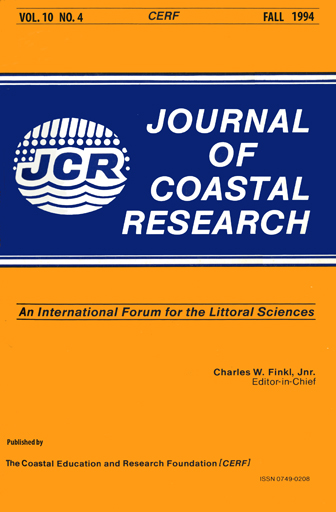Sea-Level Changes in Washington and Oregon and the "Earthquake Deformation Cycle"
Keywords:
Holocene, coastal stratigraphy, biostratigraphy, crustal movements, palaeoseismicityAbstract
Elements of the coastal stratigraphy of Washington and Oregon are interpreted as evidence of great Holocene earthquakes caused by the subduction of the Juan de Fuca plate beneath the North American plate. In particular, intercalated sequences of organic and inorganic sediments reflect a repetitive sequence of crustal movements described by the "earthquake deformation cycle". In its simplest form this cycle consists of interseismic strain accumulation and gradual crustal uplift of the coastal zone of Washington and Oregon, followed by instantaneous coseismic subsidence due to earthquake rupture and strain release. However, superficially similar stratigraphic sequences are common in the coastal lowlands of the U.K., where they are interpreted as a product of coastal processes independent of the "earthquake deformation cycle".
To date, a rigorous test of the complete "earthquake deformation cycle" has not been made. This reflects an emphasis in research on the coseismic element of the stratigraphic record of Washington and Oregon, combined with a lack of pollen analysis of the organic deposits. Examples from the U.K. show the application of biostratigraphic techniques to the interpretation of coastal stratigraphic sequences.
From these is proposed a model of vegetation and sedimentary changes against which the evidence for the "earthquake deformation cycle" in Washington and Oregon may be tested. Such testing is essential for the establishment of an accurate history of great Holocene earthquakes in this region.


